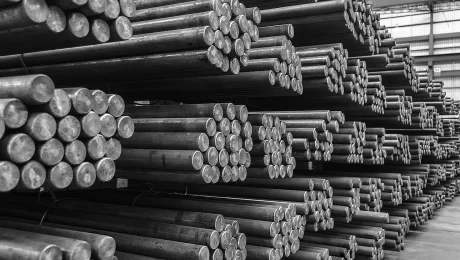Unlocking the Secrets of Structural Strength: What You Need to Know
Have you ever wondered why some buildings stand tall for decades while others crumble under the smallest pressure? The key lies in one simple yet powerful concept: Structural Strength. This article will explore what structural strength is, why it matters, and how it influences the safety and durability of the materials we see and use every day. Plus, we’ll uncover how different factors affect a material’s ability to support loads. Ready to discover the fundamentals behind strong structures? Let’s dive in.
What Is Structural Strength?
In simple words, structural strength is the ability of a material or a structure to resist forces that could cause it to bend, crack, or break. When engineers design bridges, buildings, or even small machine parts, they focus on ensuring these structures can handle the loads they will face during use—whether that’s heavy traffic on a bridge or a gust of wind hitting a skyscraper.
Why is it important? Because knowing the structural strength of a material tells us whether it can safely support the weight and forces it will encounter in real life. Without enough strength, structures risk failure, which could lead to accidents or disasters.
How Do Materials Achieve Structural Strength?
Different materials have varying capacities to withstand forces. Some, like steel, are naturally strong and tough, while others, like concrete, are very hard but can become brittle if not designed correctly.
Key factors that influence the structural strength of materials include:
- Material composition: What it’s made of influences its strength.
- Cross-sectional shape: Shapes like I-beams or hollow tubes distribute forces more efficiently.
- Size and thickness: Thicker and larger sections can often support more load.
- Manufacturing process: How the material is made or treated impacts its strength.
Types of Forces That Affect Structural Strength
Structures face different types of forces during their lifetime. Understanding these forces helps in designing materials that can withstand them:
- Tensile force: Pulls and stretches the material.
- Compressive force: Squeezes and pushes the material together.
- Shear force: Causes parts of the material to slide past each other.
- Bending force: Curves the material, creating tension on one side and compression on the other.
- Torsional force: Twists the material along its axis.
A strong structure must resist these forces effectively to remain safe and long-lasting.
How Is Structural Strength Measured?
Engineers use several tests and calculations to determine how strong a material or structure is:
- Stress and strain tests calculate how much force a material can handle before deforming or breaking.
- Safety factor: Engineers include a safety margin when designing to ensure structures won’t fail unexpectedly.
- Modulus of elasticity: Measures how much a material stretches or compresses under a certain force—higher values indicate stiffer, stronger materials.
The Role of Steel and Steel Round Bars in Structural Strength
Steel is one of the most commonly used materials for structural components because of its high structural strength. Steel round bars, in particular, are popular in construction because they provide excellent load-bearing capacity.
Why are steel round bars preferred?
- They have a uniform shape, making them easy to use in various structures.
- Their high tensile and compressive strength make them suitable for heavy-duty applications.
- They can be welded and formed into different shapes without losing their strength.
Incorporating steel round bars into a structure ensures high structural strength, resistance to forces, and durability over time.
Enhancing Structural Strength in Construction
While choosing strong materials is fundamental, structural strength can be further improved through design and construction techniques:
- Reinforcement: Adding steel reinforcement within concrete (rebar) significantly boosts its strength.
- Proper load distribution: Designing structures so load paths are efficient prevents overloads on any single part.
- Material treatment: Heat treating or alloying can increase the strength of metals.
- Regular maintenance: Checking for corrosion or damage extends the lifespan of structures.
Final Thoughts: Why Structural Strength Matters
Understanding structural strength isn’t just for engineers. It affects all of us because it relates to safety, longevity, and performance of the buildings and infrastructure we rely on daily. The next time you see a tall building or a sturdy bridge, remember the unseen science of structural strength that keeps it standing strong.
Want to learn more about specific materials or how to choose the right steel round bars for your project? Keep exploring, and you’ll unlock even more about the power of falling structures and why structural strength is the backbone of safe, durable construction.
Secondary Keywords:
material strength, load capacity, steel reinforcement, building safety, construction materials

